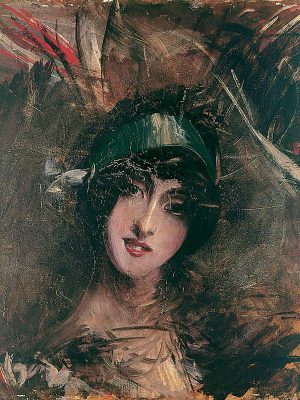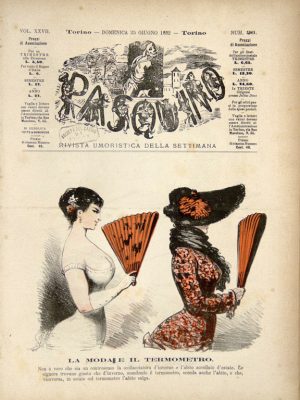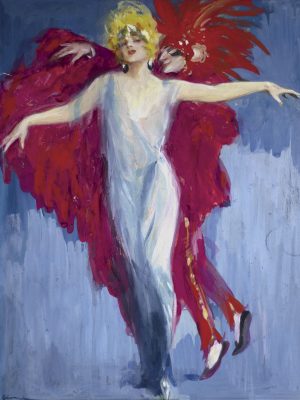The myth of the Belle Époque, with its image as a golden age and a time of great euphoria, is a reflection of European breadth and of the desire for innovation that marked important changes in society, taste, lifestyles and communication in contemporary society.
This effervescent atmosphere, which still exerts an attraction on today’s public, relives at MAGI’900 in an installation focusing on the subtle theme of female seduction, one of the most popular themes in the visual arts in the late nineteenth and early twentieth century. Beautiful and intriguing, objects of desire but also highly aware and well on their way to emancipation, women appeared in art, decoration, publishing, fashion and advertising in their thousands, and their lineaments, suspended between reality and imagination, are still recognisable as icons of an unrivalled style.
With the intention of giving visibility to an idea that originated with its founder, entrepreneur and collector Giulio Bargellini, who always loved this period in history, Museo MAGI’900 opens a new section in which original works, many of which are included in its permanent collection, appear alongside magazines, posters, documents, prints and objects from the day to pay homage to the significance of the female figure in the aesthetics and society of those magical decades of the turn of the century.
The exhibition includes a vast selection of photographs and documents tracing an international interpretation of the theme, centring around a number of well-known masterpieces such as the painting Il Cappellino azzurro by Giovanni Boldini as well as practically unknown works such as Lutz Ehrenberger’s tempera illustrations, which inherit the spirit of the Belle Époque and carry it over into the early decades of the twentieth century.
The image of woman and everything that evokes the idea of the “eternal feminine” are given visual form through paintings, engravings, posters, and miniature sculptures in a refined bourgeois taste produced by the artists of the Scapigliatura movement in Lombardy and other turn-of-the-century movements in the plastic artists, presenting a vast selection of their works in the museum. Plenty of room is reserved for illustrated magazines: very popular publications that worked with the best artists of the day, making an essential contribution to the dissemination of more open-minded, seductive models of beauty and behaviour.










